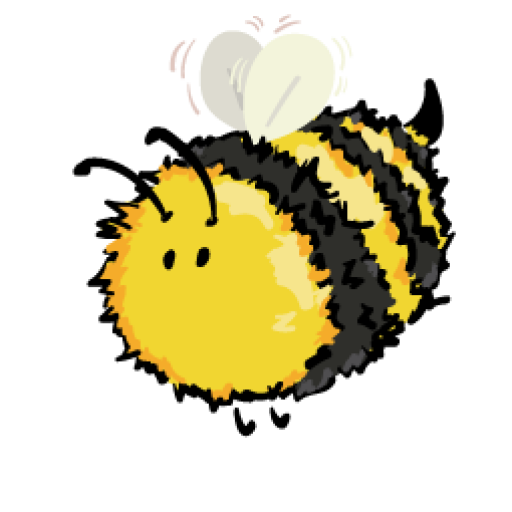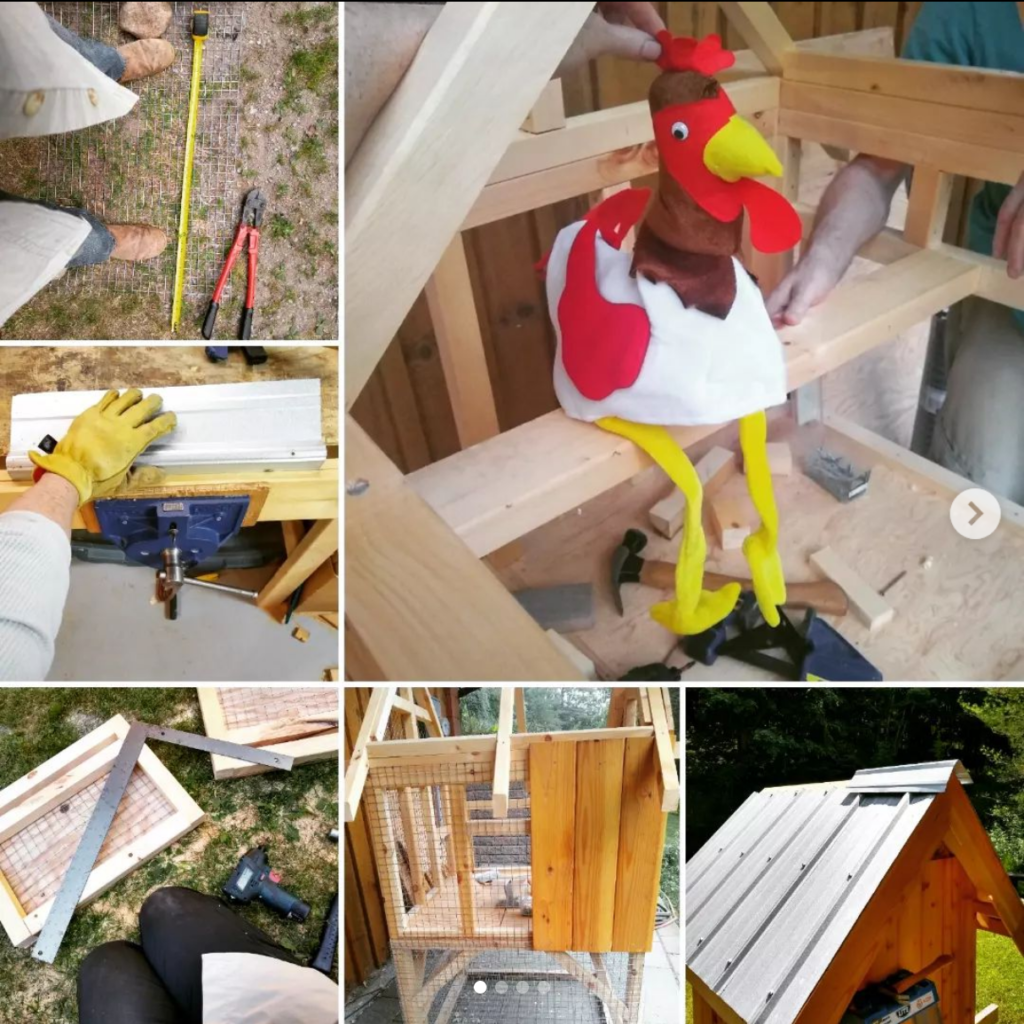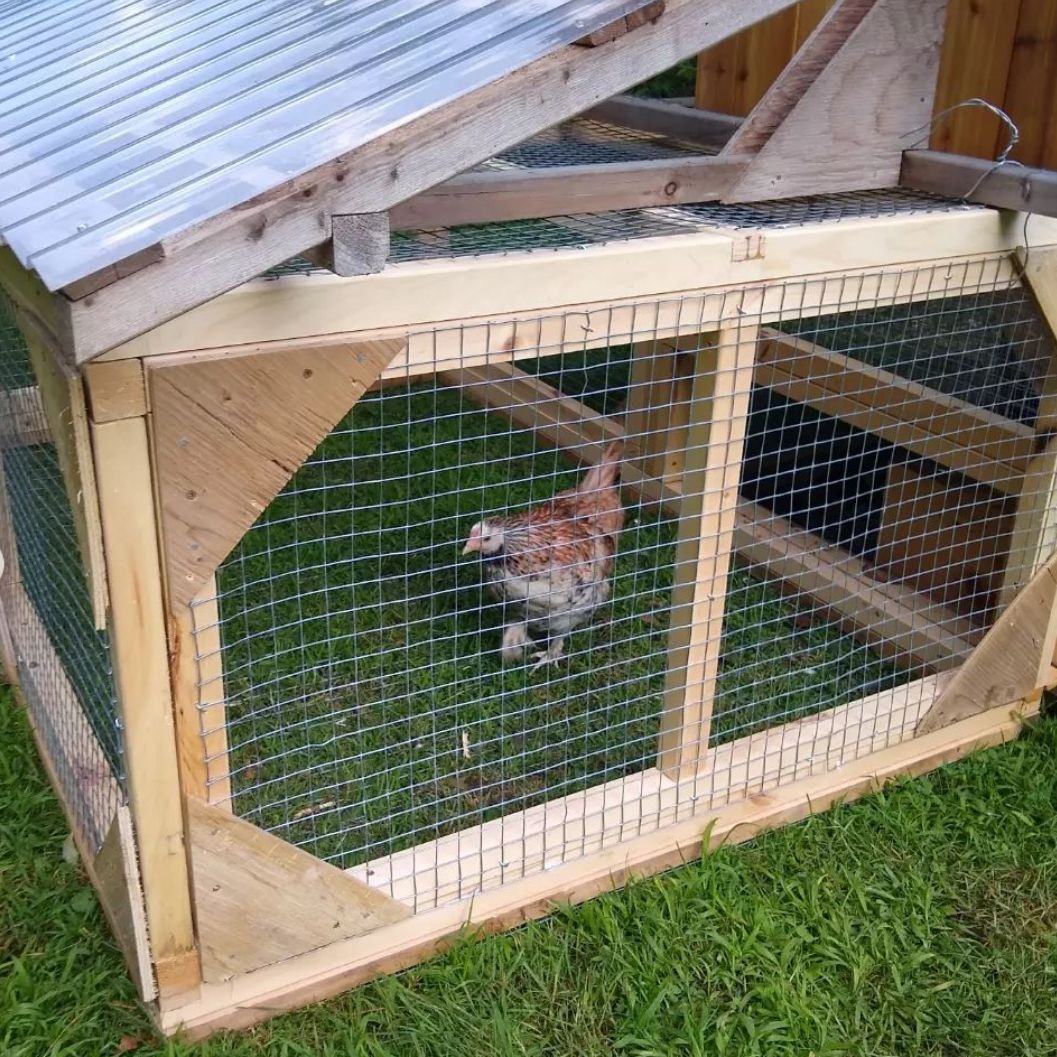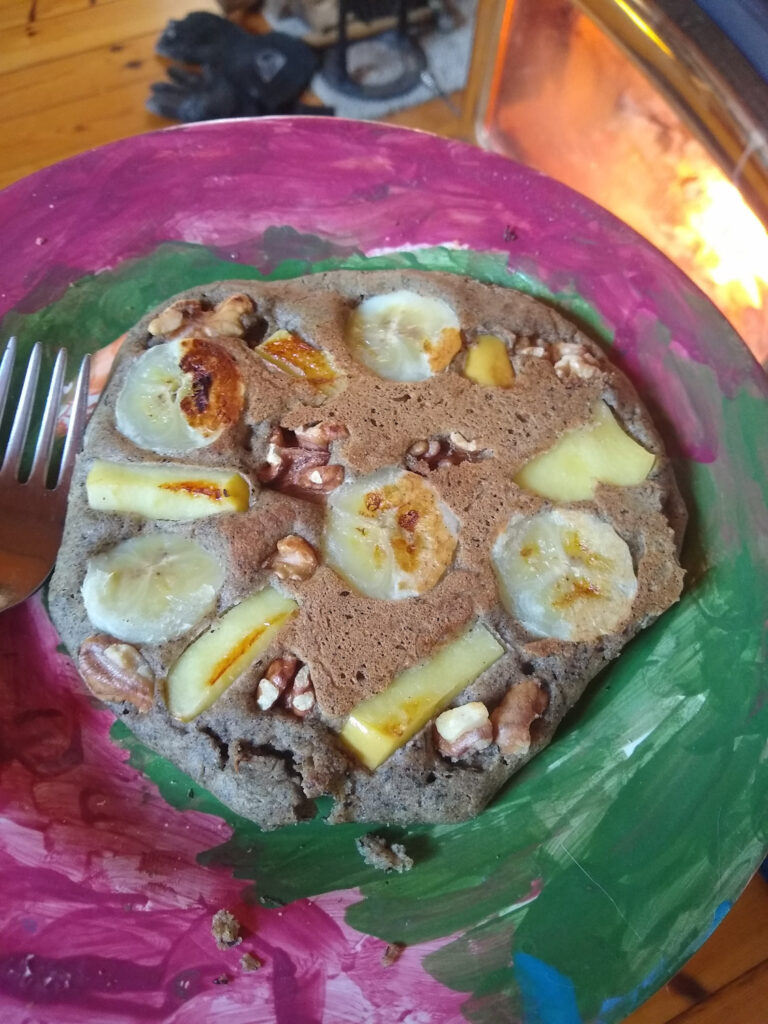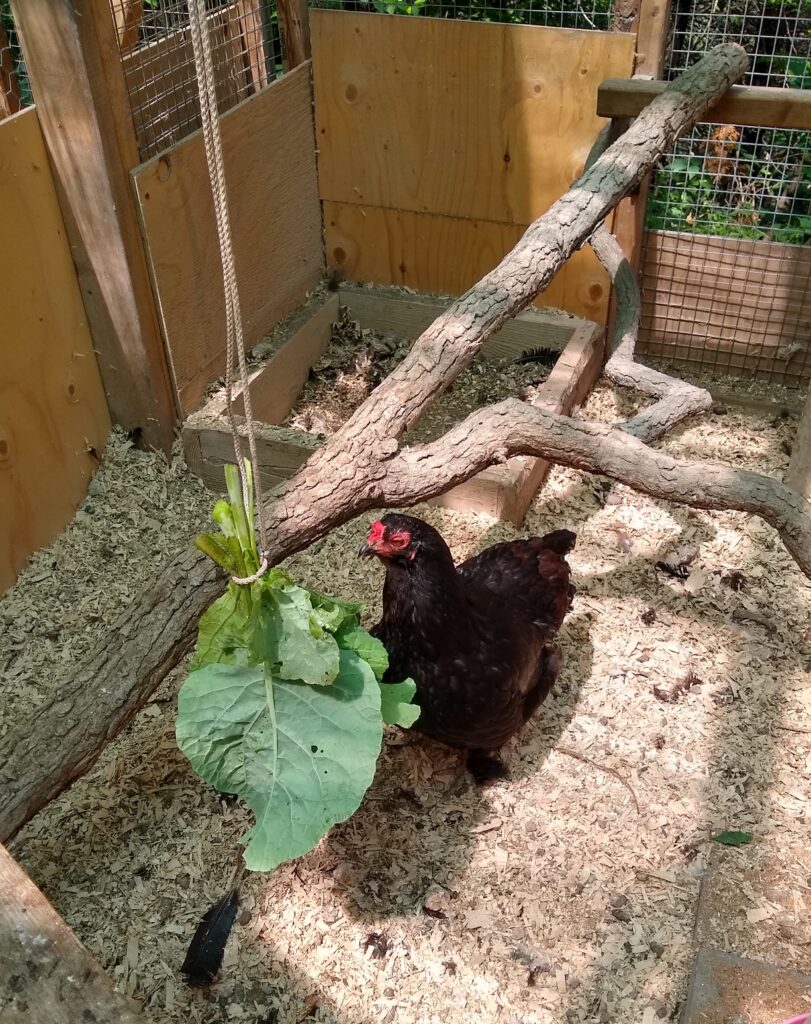
On my first night keeping chickens, I sat by my new coop and watched in horror as one red hen methodically ripped out, and then ate, the downy butt feathers of a small white one. The white chicken made an upset little squeak each time.
That was 7 years ago. I’ll spoil my own story and let you know now that both chickens went on to live happy, and fully-feathered, lives.
The little white chicken was SooZee the Silkie. The other was LBJ. Christened that evening, and short for “Little Bully Jerkface”.
A chicken rental service had dropped off the coop, supplies, and four hens. It was everything I needed to keep chickens, except experience.
Beyond fresh eggs, I didn’t have many expectations about chicken keeping. I’d thought about some big questions, living as I do alongside fox and raptors. But I can safely say I hadn’t considered the challenge of “light cannibalism”.
Chickens are a poster-animal these days for living a more self-sustaining life. But there isn’t, perhaps, enough time and space given to the thicker, 3D, questions around them. So many new backyard chicken folks are underprepared. Asked mostly to consider which breeds they find cutest, which colour eggs prettiest. (A: Mutts and green.)
Those are fun questions, but they don’t prepare a person for life with a flock of vicious-but-vulnerable dinosaurs. How to decide whether to keep hens who don’t lay. To handle health and illness, from mites to bumblefoot to avian flu. To prepare for free range birds being predated and killed. Or know what to do when hens are left alive, but mortally wounded.
The answers to complex questions like these are likely to change with experience. But if we don’t start with good questions, we’re stuffed for finding good answers.
As for LBJ, I read up on feather-eating. I learned LB, a red sex link, might be bred to generate eggs faster than her body could handle. I supplemented her feed with bugs. The feather-eating stopped. And LB became my landscaping pal, always keen to help check a pile of dirt. There’s nothing she loved more than tree-planting day.
I started out not knowing much, and now I know a little more. One thing I know for sure though — LBJ was a good egg.
